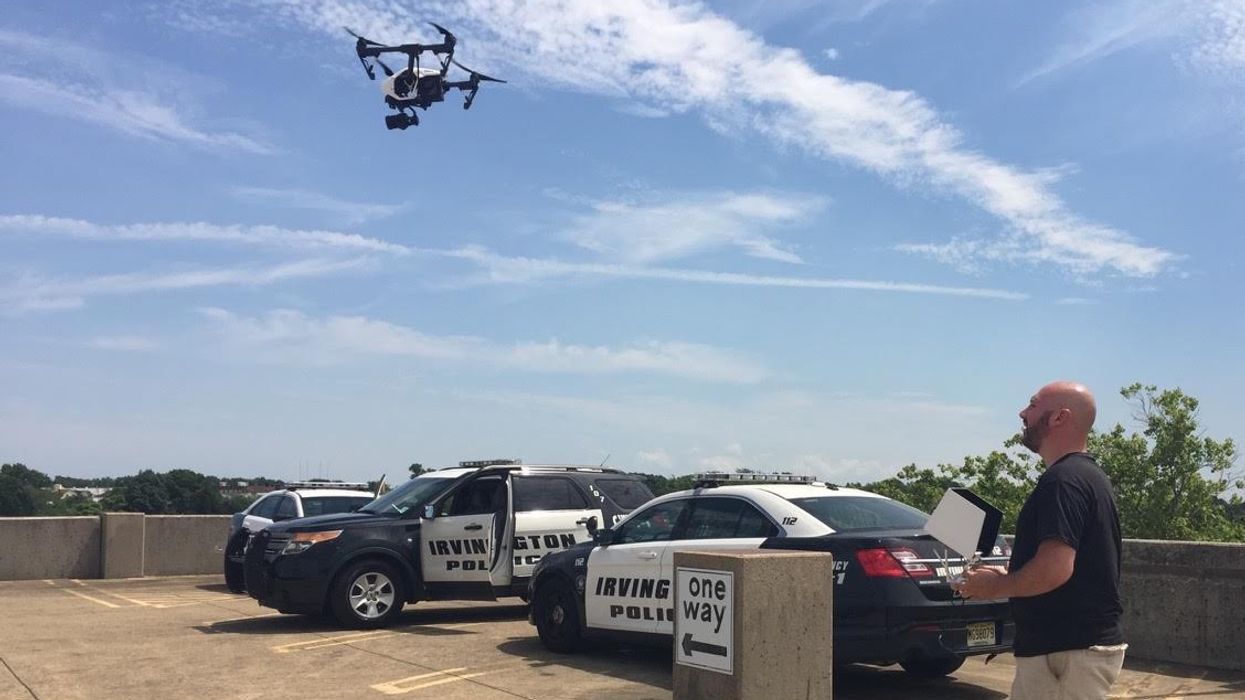How to Prepare for the FAA’s New Drone Pilot Certification Exam
I passed the drone pilot test without expensive prep courses. Here’s how you can, too.

[Editor's Note: Randall Esulto was one of the first drone operators in the US to pass his pilot certification exam under the new FAA regulations, so we asked him to share his test prep methods.]
I first fell in love with aerial imaging two years ago when I got my DJI Phantom 2 Vision Plus quadcopter. It was the first consumer quadcopter equipped with a 3 axis gimbal allowing for perfectly stabilized, smooth aerial cinematography. I was hooked from the first flight.
Yesterday was a momentous day for me and other current and hopeful U.S. drone operators. New drone regulations developed by the FAA over the course of the last four years finally took effect, opening the skies to a new wave of productivity, creativity, and innovation.

What’s new?
Prior to the new “Part 107” rules, drone operators who wanted to fly commercially needed what is known as a 333 Exemption from the FAA. While both the 333 Exemption and the new “Remote Pilot with sUAS Rating” certificate allow drone operators to fly for compensation, the new guidelines lower the barrier to entry into commercial drone operation and are much more in-line with the types of assignments commercial drone operators are being hired to perform.
Some key differences:
- The person operating the controls no longer needs an actual pilot license. The operator may be a certified Remote Pilot with sUAS rating or may operate under the direct supervision of a certified Remote Pilot.
- Operation near people not directly involved with the operation is allowed. While it is still illegal to fly directly over people (without a specific waiver), operators no longer need to maintain a 500’ distance from people and property.
- The 400’ Ceiling (above ground level) may be exceeded when within 400’ of a building or structure. Airspace thresholds must still be respected (a flight into controlled airspace still requires prior approval from Air Traffic Control) but the 400’ ceiling is no longer a blanket requirement.

While the regulations are now more streamlined, you still have to pass a certification exam to be licensed. Technically titled “The Aeronautical Knowledge Test for Remote Pilot Certification with Small UAS Rating,” most of us are just calling it "The Part 107 Exam.”
Leading up to the inception of the new “Part 107” drone regulations, there was lots of chatter, advice, and discussion about what these new laws would mean for those of us looking to start, expand, and continue the use of our drones professionally. One of the main talking points was, “what’s going to be on the test?”
While there are myriad for-profit “ground schools” popping up to address the needs of all of the would-be pilots (with tuition costs ranging from several hundred to a couple of thousand dollars), I found a few resources that allowed me to take and pass the exam with an investment of $30 and five days of my time.
- The FAA tells you what you’ll need to study
There is a free study guide & practice test on the FAA website (but you’ll need to register a free account to access it). - YouTube is your friend
Here are a couple of videos that I found related to Aviation sectional charts. If you’ve found any useful ones in your own search, please share in the comments.
https://www.youtube.com/watch?v=ibPfoydutgA https://www.youtube.com/watch?v=9laOxm52Uvw - There's an app for this
The GroundSchool Drone Pilot (UAS) Test Prep app costs $39.99 and offers various study modes including flash cards, audio, and quizzes. The questions are extremely similar to those found on the exam. If you get an answer wrong as you’re doing the practice test, you can find out the correct answer and (most importantly) get a full explanation as to why it’s correct, complete with illustrations and diagrams.
There’s certainly nothing wrong with enrolling in a classroom structured course, but if you are already an experienced drone operator and want to learn what you’ll need to know in order to pass the exam, then the three resources above are a comprehensive and inexpensive way to go.
Fly Safe!
Featured image of Randall Esulto with his Phantom 2 Vision Plus, courtesy of BerCo Aerial .











